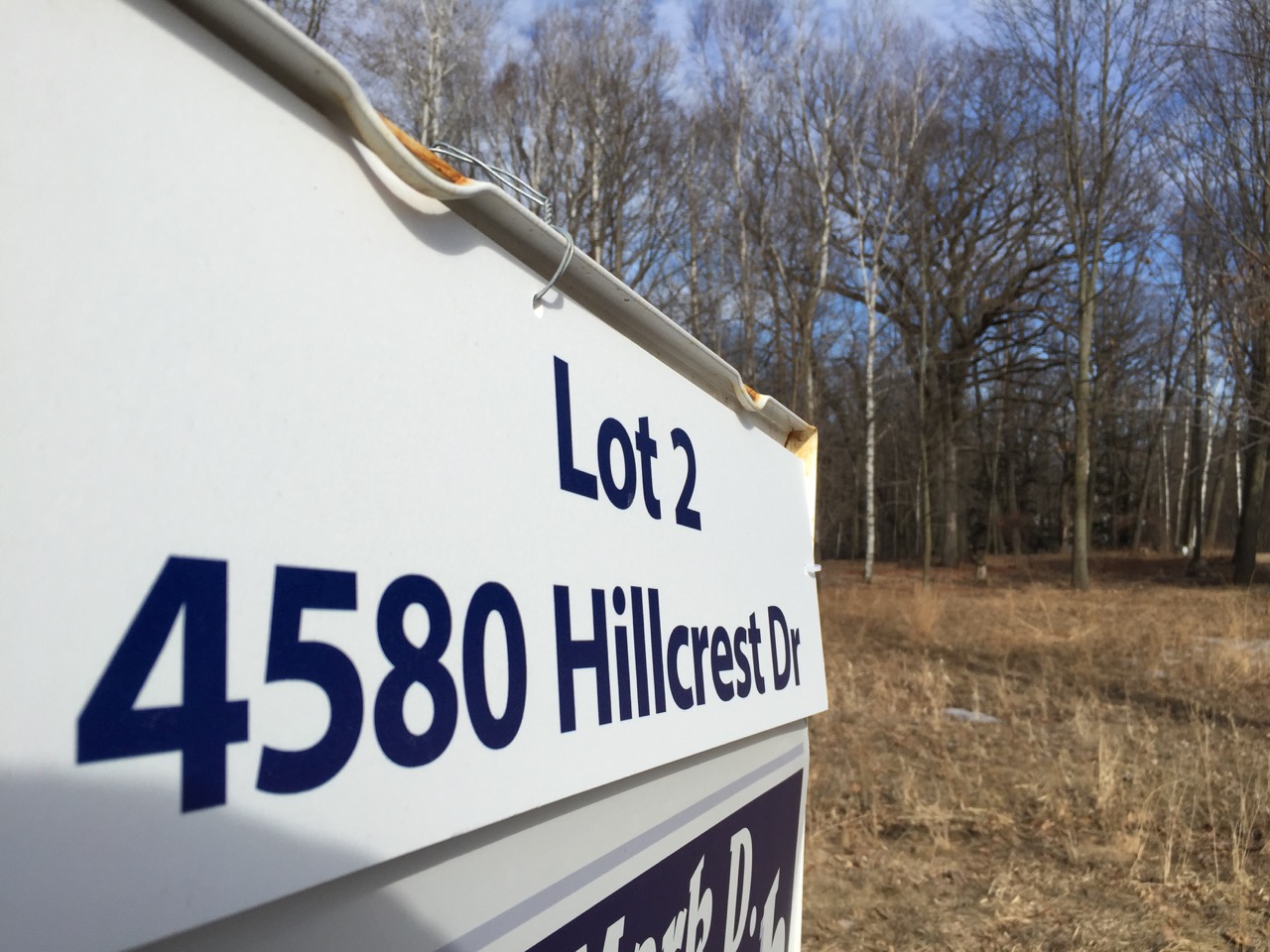
Reader Question: We want to buy a vacant lot. After looking for resale homes for more than a year, we have decided to build a house. We have tried to buy a pre-owned home, but the lack of choices, bidding wars, and unsatisfactory home inspections have helped us realize that paying a premium for the right home and eliminating the drama is a smart choice for us. Do you have any tips we should consider as we begin our search for a lot?
Monty’s Answer: Building a new home can be an enriching experience in many ways. There may be vacant lots you missed in your favorite neighborhoods because you were not looking for a lot. Buying the property to build a home is a different subject than purchasing an existing home. Learning about what goes into building a house, including selecting the right lot, requires an investment in time, but the result can make it all worthwhile. With research, good advisors, and practical decisions, stumbling blocks can be avoided.
An unusual homebuilding story
I once had a customer who purchased a lot in a new subdivision. This customer was to become an executive for a local company and was relocating to take the position. When I first met them, they had a house plan, and they wanted to make sure that the house would “fit” on whatever lot they selected. In the course of our tour to find the area in which they would live, we also looked at new homes. They peppered me with questions about local homebuilders. In the three days I spent with them, they selected not only a lot but a homebuilder as well.
I put them on a plane back home, and never saw them again until they returned to inspect their newly completed home and close the transaction. Full disclosure: I did speak with them by telephone several times over that four-month period, as did their builder.
What my customer taught me
It is unusual for someone building a new home never to set foot in the house until they move in, but other anecdotal instances suggest it happens occasionally. In retrospect, it is not much different than the first time one walks into a new home built on speculation.
- They had the building plan set before they ever looked at a lot, which was the opposite of my belief that one buys the lot first and then picks a plan to fit the lot.
- They chose a lot in an established subdivision where the utilities necessary to operate the homes were in plain sight. They reduced their lot research time significantly by observing street lights, storm water drains, electric boxes, sewer manhole covers in the street, and occupied homes.
- They had completed their home component specifications right down to brand, cost, color, and model numbers. They knew where to place every electrical outlet.
Multiple types of lots
Lots that include municipal utilities such as sewer and water, and served with natural gas and electricity, come in many different packages, all of which have their distinct neighborhood characteristics. Restricted tract builder subdivision lots, subdivisions open to multiple or all builders, in-fill lots in neighborhoods that development jumped over, lots in older communities that were passed over or sold but never built upon, tear-down neighborhoods, and lots in homeowner association (HOA) neighborhoods need to be well-vetted before proceeding.
Are there building restrictions in a historic district? What are the rules and operating costs in HOA’s? What building setbacks exist? Can all municipal services be connected and at what cost? Are there laterals to the lot line? Are local assessments contemplated or in place? Talking with a contractor building in the neighborhood, a visit to city hall, or speaking with a neighbor or two can be very help.
Rural lots or acreage
If you are yearning for the wide open spaces where you can see the stars at night and breathe the fresh country air (assuming there is no dairy farm upwind) buying a lot takes on a different dimension. Utilizing your county geographic information system (GIS) can be extremely helpful in gathering information on rural parcels.
Here are items to be aware of when buying any lot, but a rural parcel in particular; zoning, restrictive covenants, deed restrictions, odd configuration of the parcel, topography, public or private roads, supporting cast of housing, mineral rights (in some areas), access rights, soil types suitable for septic drain field, drainage and wetland issues, environmental concerns like buried tanks, water source and cost, electricity, and more. A boundary walk of the land may elicit additional questions.
